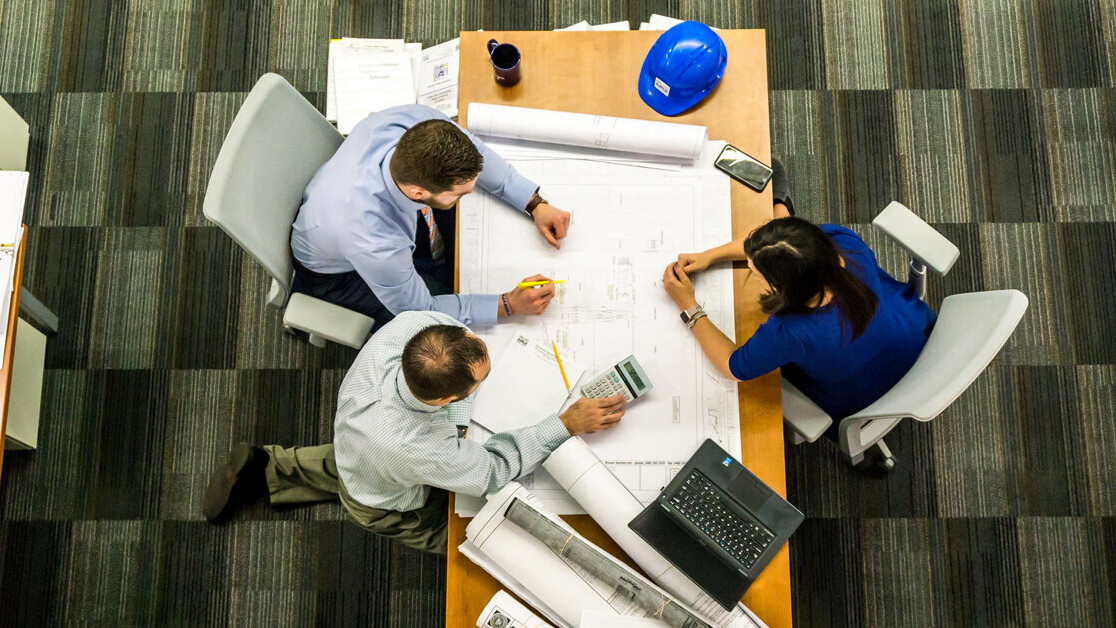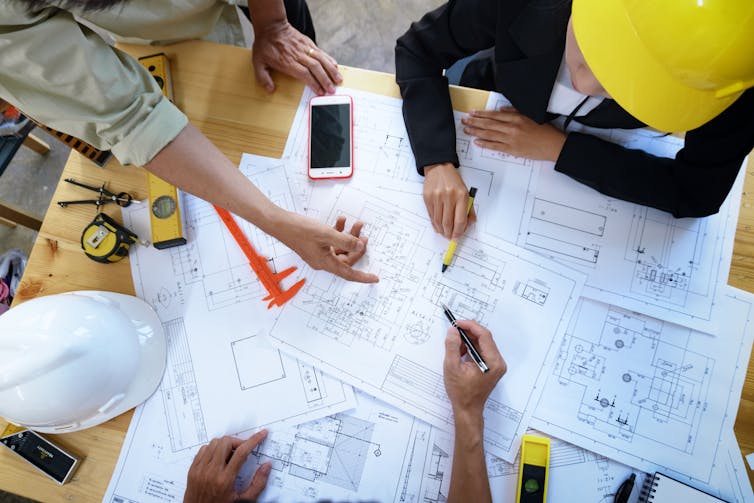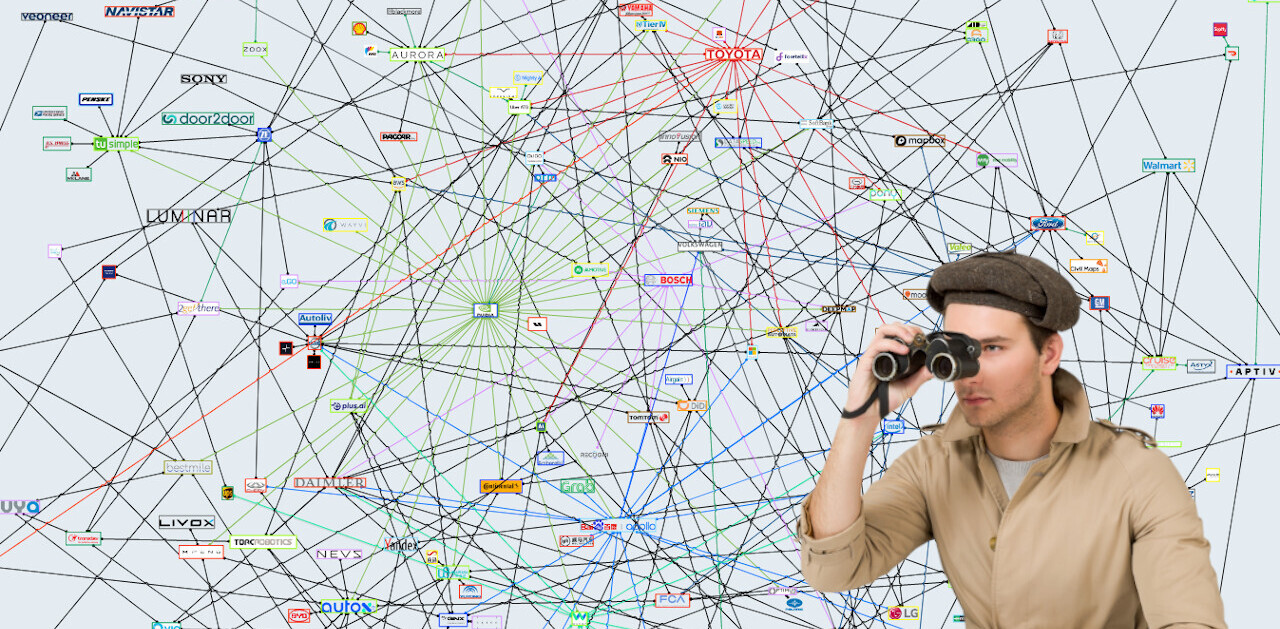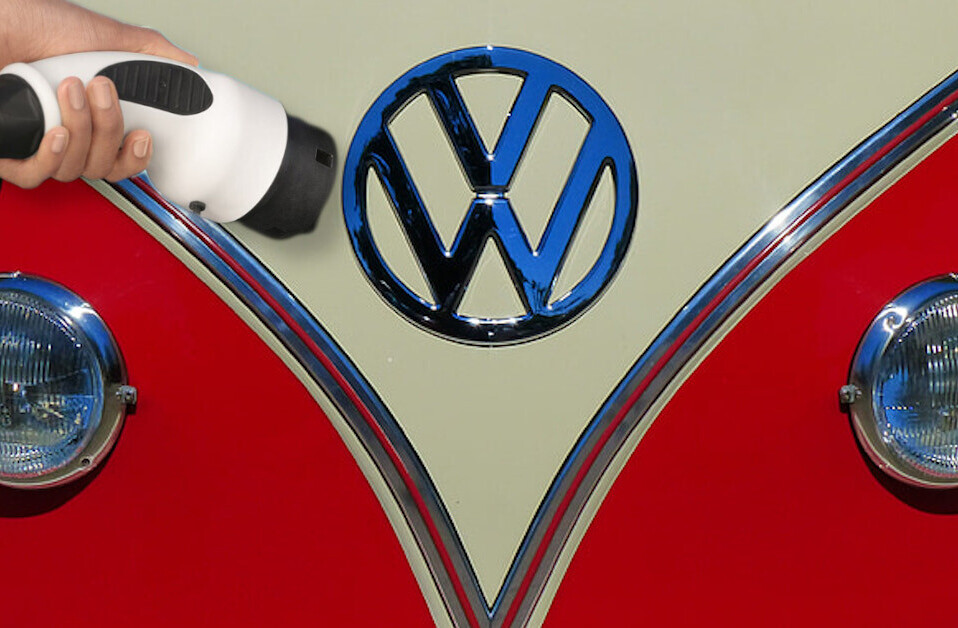
The coronavirus outbreak has shone a bright light on the use of experts and scientific advice. In the UK the prime minister, Boris Johnson, is flanked by his chief scientist and chief medical officer when giving updates about his response to the outbreak – emphasizing that it is driven by scientific advice. Similarly, the Canadian prime minister, Justin Trudeau, has urged people to “trust in science” while Germany’s chancellor, Angela Merkel, has referred to “consensus among experts.”
But the question I have is where are the engineers in this? Surely, before we shut down the entire society in response to the pandemic, we should check if there are engineering solutions that could help halt or slow the spread of the virus – from door handles that kill viruses to new ways of pressing lift buttons.
In the UK, the government normally consults the Scientific Advisory Group for Emergencies (SAGE) in situations like this. So far, engineers have been relegated to a (respiratory) bit part: answering the sudden call to arms for 3D printing components for ventilators.
But is this using engineering expertise to its full capacity? Engineers have designed safe traffic systems, effective security facilities, and airport screening systems. If you want an expert to help you redesign parts of normal life, you’d do hard to beat them.
The obvious place to have engineering expertise would be on SAGE. However, there’s a problem: it’s SAGE, not ESAGE or SEAGE, reflecting that science and engineering advice are both different and necessary. The name hasn’t stopped SAGE from calling on engineering experts in the past. But this time around, it seems clear that engineering is not part of the advisory system.
Read: [Our coronavirus symptom-tracking app has been used by millions — here’s what we’re learning]
SAGE for coronavirus comprises two groups, one which draws on the epidemiology of historic pandemic flu, and one that focuses on the social science of public health. These groups feature experts across medicine, epidemiology, and social sciences only.
But engineers? Not likely, it seems. There are no dams here to fix … or are there? Clearly the infection needs to be contained, and allowed to trickle out in a controlled flow in order for the whole system to be managed safely into a less critical state. That sounds like an engineering challenge to me.
When we look at which countries have done relatively well in tackling the virus, there are signs of (computer) engineering at work. In South Korea, it is reported that an app – Corona 100m – helped mobilize crowdsourced information on infections, both possible and actual. In China, part of the “effectiveness” in containing the deaths from the virus is reportedly due to the rapid construction of new hospitals. No country, however, has managed to deploy engineering solutions in a way that also helps day-to-day life continue in some safe way.

Ultimately, we need to design creative, workable, and effective responses that better balance protection from the virus with disruption to daily life. Instead, we have scientists with fantastically deep knowledge about the biology and epidemiology of viruses, and maybe about the cognitive tricks that lean us towards doing one action over another.
What engineers could do
Let’s pause for a moment and think about what could have been done to help slow the spread of COVID-19, without also shutting down the whole of society, with potentially huge, long-term economic, and social consequences. If virologists can give some insight into the main sources of transmission, could engineers design specific, deployable responses to that?
I’m not an engineer or a virologist, but I study how science, technology, and engineering can be used in policy to change the world for the better. So while I don’t have the answers, I can start the ball rolling.
What about focusing on the mass production and distribution of on-street hand sanitizer, or gloves treated with new, safe anti-viral coatings? There may also be new ways of opening doors without grabbing the handle or indeed pressing lift buttons. Could we design better protective infrastructure for shop workers facing customers at tills? What about bring-your-own trolley handles? Or new kinds of easy-to-make and deploy protective face gear for the elderly and vulnerable?
Engineering solutions would have been especially effective early on during the outbreak before measures like lockdown were introduced. But even during the lockdown, they could help minimize the spread of the virus in the parts of society that are still open, such as banks and supermarkets.
Sat here on my own, I can’t solve the problem but put a virologist, a social scientist, and an engineer in the same room (or videoconference), and new ideas to delay transmission and safely allow wider elements of day-to-day life continue could emerge.
When you look at the potential that engineering can bring to this in public health (preventive) rather than a medical (restorative) setting, it shows how much we’re actually missing. It may be that these particular (disinfectant) solutions are not workable at scale, but the point is that engineers could probably come up with other design solutions that would work. It’s their job.
The problem is, often social scientists just don’t speak to or mix with engineers very much. It’s a deep-rooted problem, like two parts of a family that fell out years ago over some obscure argument that nobody remembers, but everyone repeats.
I work at the Science, Technology, Engineering, and Public Policy department at University College London. We see it as part of our mission to bring scientists and engineers together so everyone can benefit. The coronavirus case study shows now more than ever how much we need that kind of collaboration.![]()
This article is republished from The Conversation by Adam Cooper, Lecturer in Policy Research and Practice, UCL under a Creative Commons license. Read the original article.
Get the TNW newsletter
Get the most important tech news in your inbox each week.




